CRC LLC guides are on the water and having a good time catching steelhead. We have some openings, call today to reserve time on the water . For questions call 1-866-846-4240
Ryan Teini caught this B run hen Saturday…..nice.
CRC LLC guides are on the water and having a good time catching steelhead. We have some openings, call today to reserve time on the water . For questions call 1-866-846-4240

Ryan Teini caught this B run hen Saturday…..nice.
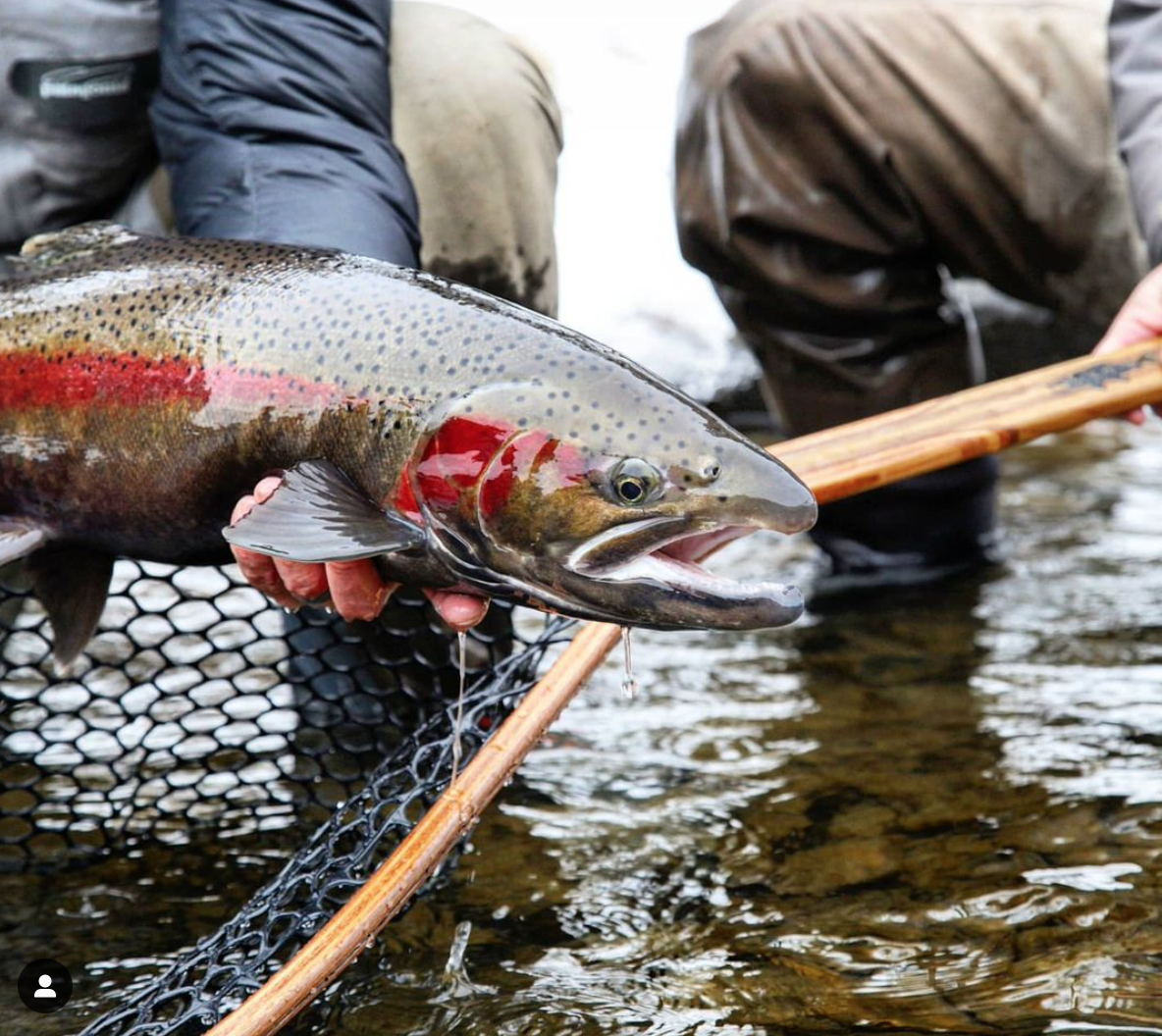

photos Russ Winger
We have guides that want to get you out on the Clearwater River, call us today.
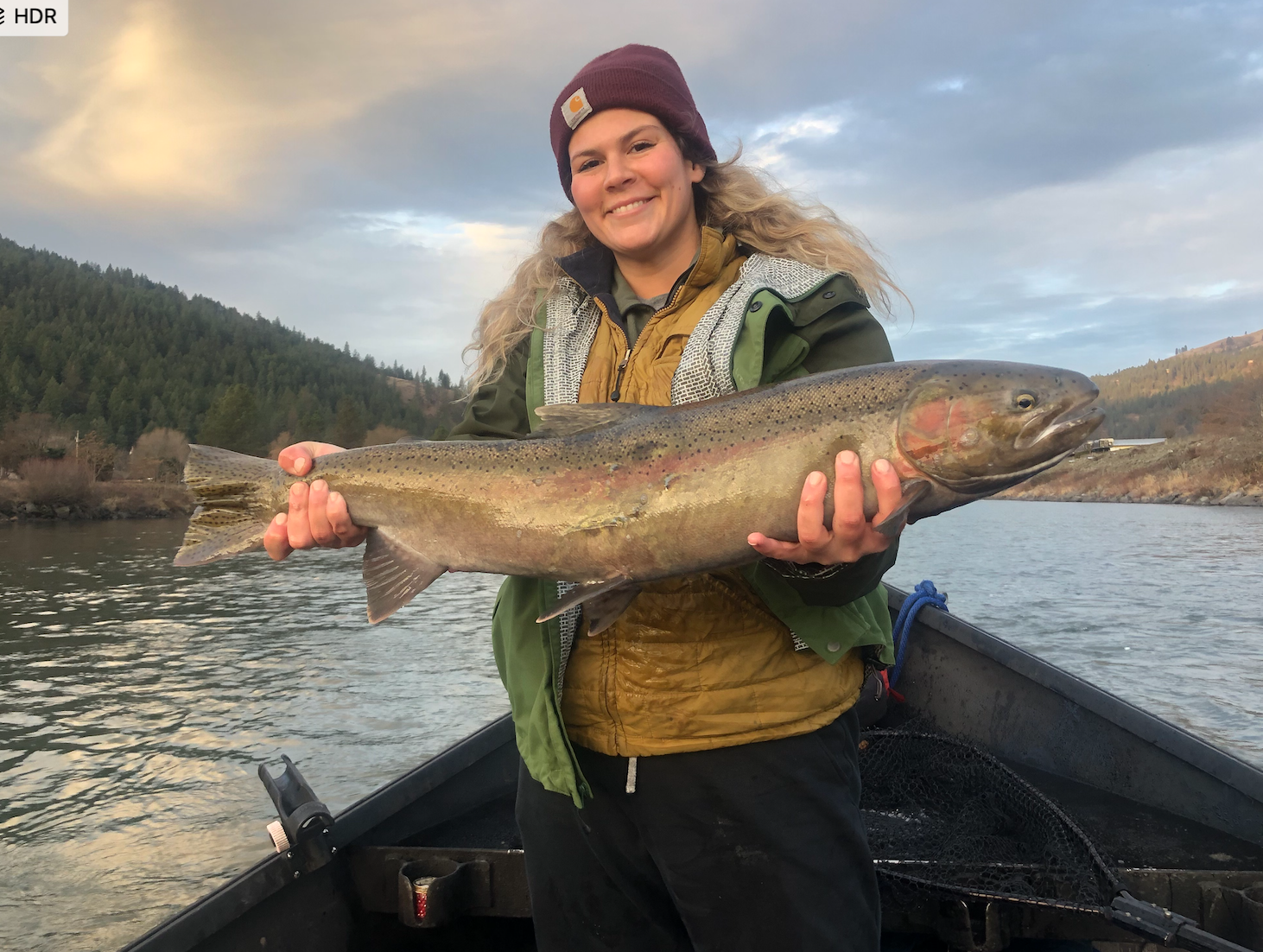


Clearwater River Co. is taking reservations for the 2021 winter/spring season. Give us a call today or make your reservation using our web site. See you on the water!

We appreciate all our customers and look forward to seeing you in 2021. Stay healthy and happy.
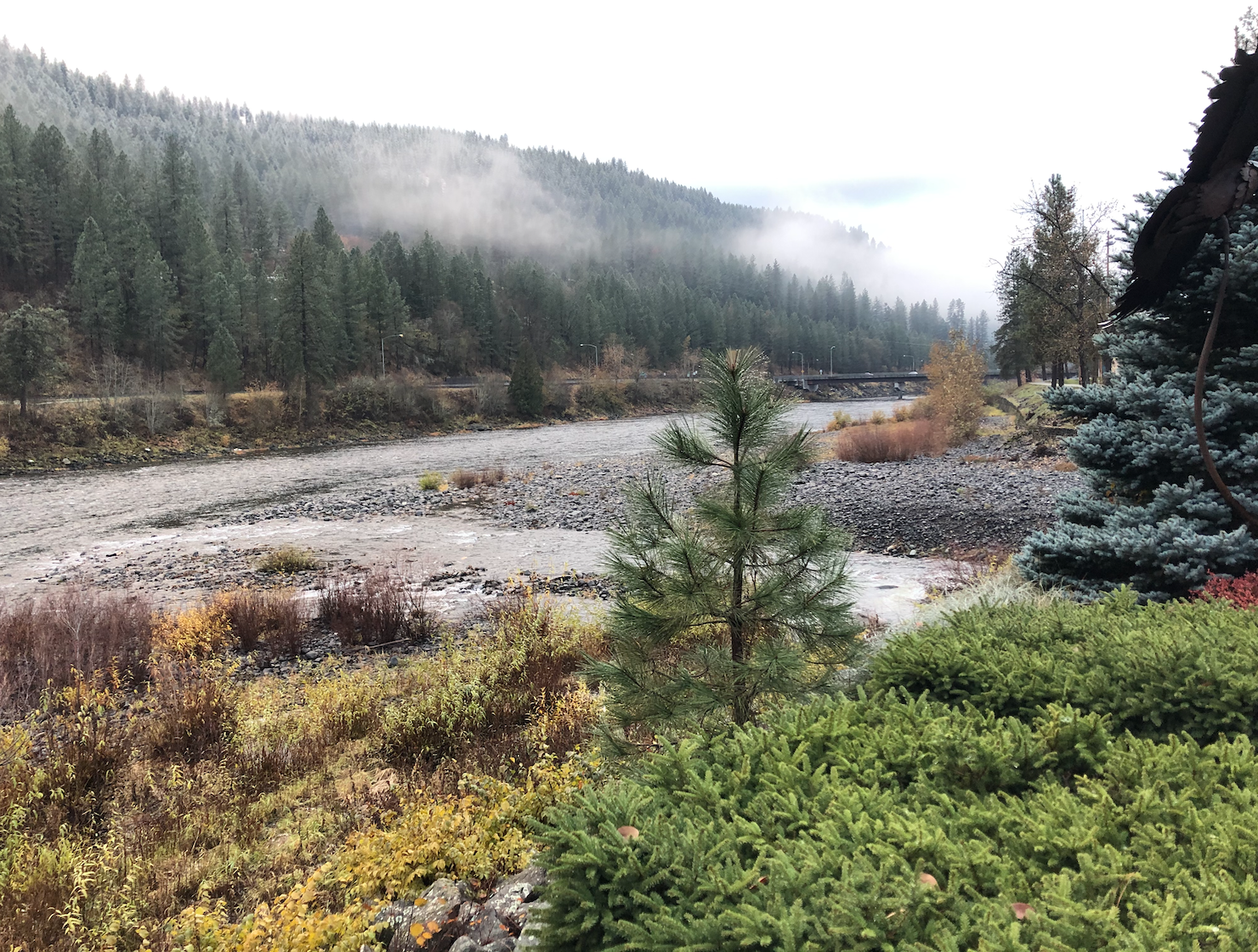
We are taking reservations for trips on the Clearwater River, Idaho. Make a reservation today; on our website or call 1-866-846-4240.
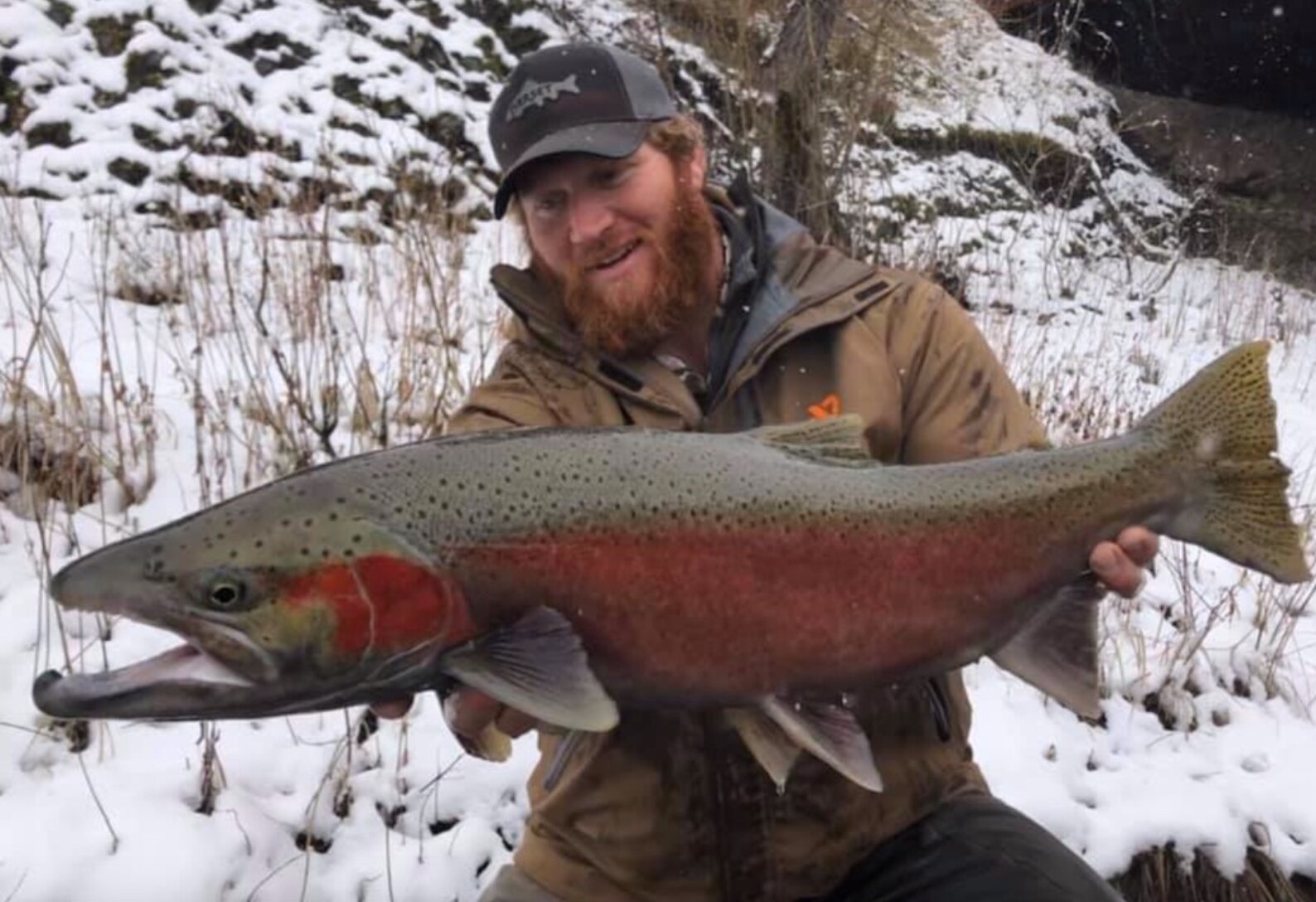
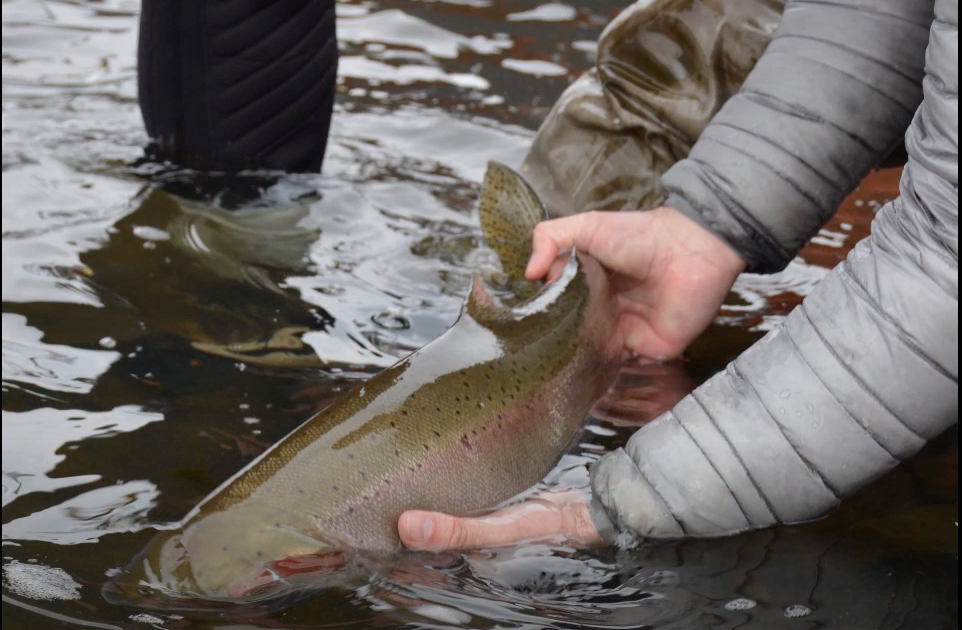
The Times-News released the following story about the importance of fish hatcheries in Steelhead Production. MAGICVALLEY.COM
TIMES-NEWS August 22, 2019
BOISE —” Each year, steelhead anglers throughout Idaho reap the benefits of fish reared in Magic Valley steelhead hatcheries. Because of the area’s cold clean water, three local Idaho Fish and Game hatcheries in the Snake River Canyon raise steelhead that will ultimately be released as smolts to begin their migration to the Pacific Ocean.
Depending on the strain of either an A-Run or B-run, Idaho steelhead will spend the next one to two years maturing in the saltwater before returning to Idaho. Steelhead have an anadromous life history that begins in freshwater. As smolts, they migrate to the ocean to mature, then return to fresh water as adults to spawn.
Hatcheries mimic the natural life cycle
Beginning in late spring, regional staff from the Magic Valley, Niagara Springs and Hagerman National fish hatcheries rear approximately 5 million steelhead from eggs taken from adults at various hatcheries around the state. Over the next 11 months, the young steelhead will grow, reaching about 8½ inches in length and weighing nearly four ounces — the perfect size for smolt to begin their migration to the Pacific Ocean.
Identifying hatchery vs. wild steelhead
After hatching and growing for three months in raceways inside hatchery buildings, local hatchery crews move the small fry to outside raceways in August. Using specially designed pumps, fish are transported in large hoses from one location to the other. While making the move, each fish will take a detour through a specially designed trailer where an automated system removes their adipose fin which identifies it as a hatchery-raised fish. At the same time, it is measured and weighed.
The adipose fin is a small fleshy fin located between the large dorsal fin on top of the fish and its tail; it’s not useful as a swim fin. Removal of the adipose does not negatively affect the fish, but it helps anglers tell the difference between a hatchery and a wild fish. To provide fishing opportunity while protecting wild steelhead stocks, Fish and Game fisheries managers working with the Idaho Fish and Game Commission often allow anglers to keep hatchery fish — those without an adipose fin — when sufficient numbers of these fish return from the Pacific Ocean. By regulation, anglers are not allowed to keep steelhead that have an intact adipose fin.
A percentage of the young fish will also have an extremely small coded wire tag, about the thickness of a human hair, inserted into their snout. The coded wire tag has a unique code imprinted on the wire that allows the fish to be identified by its hatchery of origin if caught later as an adult. Steelhead that get the coded wire tag do not have their adipose fin clipped even though they are hatchery-raised fish. This helps to ensure that some hatchery fish are not harvested because they appear to the angler to be wild with their intact adipose fin.
Ensuring fish for the future
Once adult steelhead are collected at weirs, fishery managers use a small piece of equipment to scan returning adults with adipose fins to see if the fish is indeed a wild fish or a hatchery-raised fish. This is important because the hatchery fish are used as broodstock to supply the eggs and milt to make sure that another generation of steelhead is available to anglers. Wild steelhead are then released to continue their upstream migration where they will spawn naturally so that Idaho continues to have healthy sustainable populations of wild steelhead.”
Our best to friends of CRC LLC. We appreciate your patronage and wish you health and happiness.

thesprucecrafts.com
The two Mike’s were out on the river and caught this beautiful Steelhead, what a keeper.
